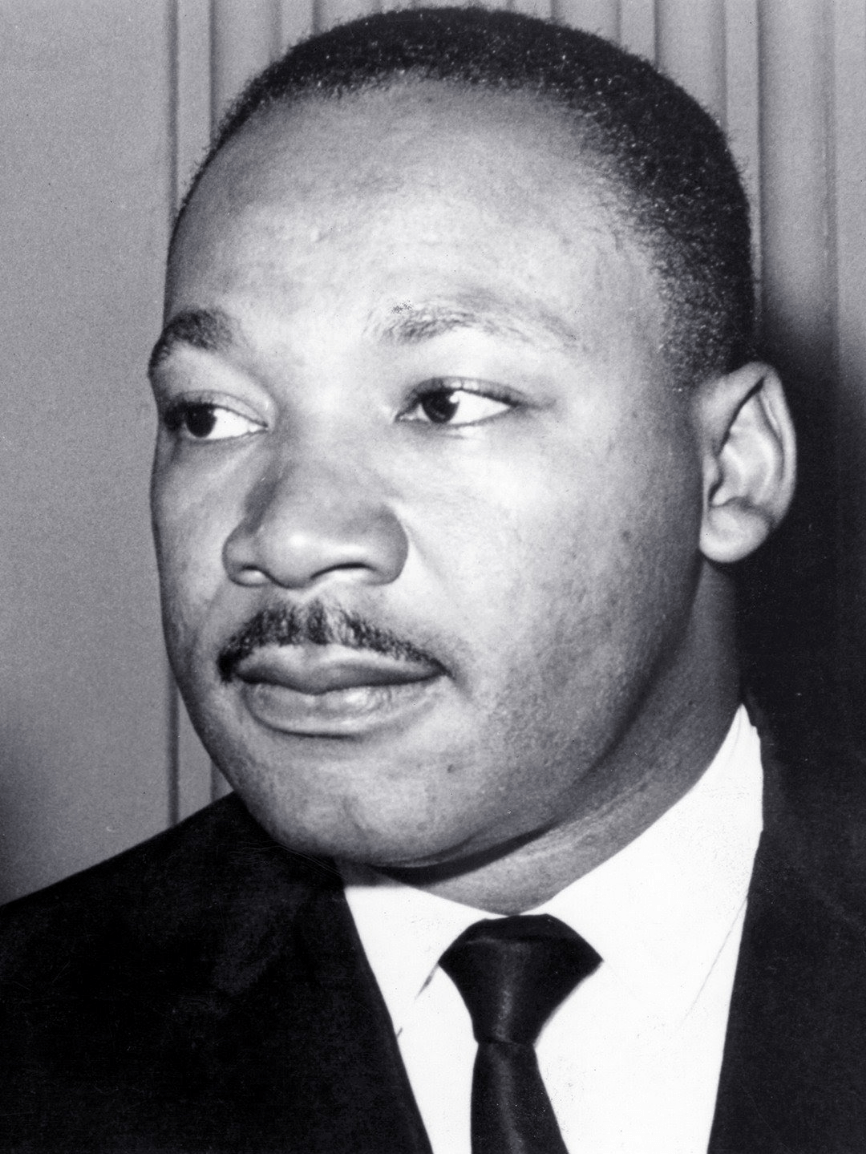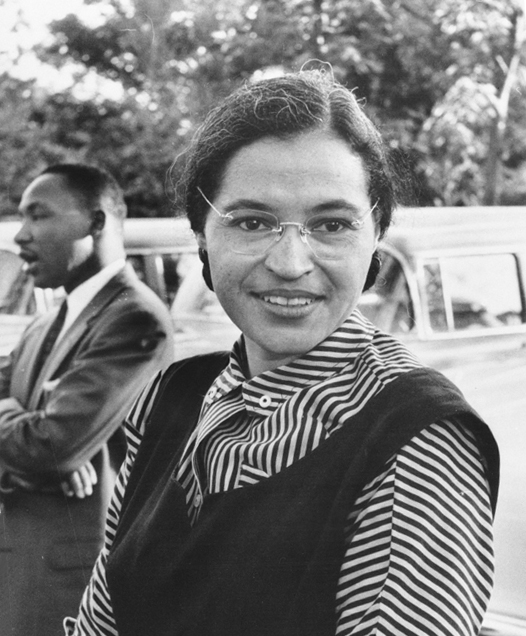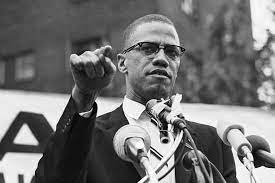Who was Martin Luther King Jr ?
Martin Luther King, Jr., was a Baptist minister and social rights activist in the United States in the 1950s and '60s. He was a leader of the American civil rights movement. He organized a number of peaceful protests as head of the Southern Christian Leadership Conference, including the March on Washington in 1963.
What did the case of Brown vs. Board of Education of 1954 do?
In Brown v. Board of Education, the U.S. Supreme Court ruled unanimously that racial segregation in public schools is unconstitutional. The 1954 decision declared that separate educational facilities for white and African American students were inherently unequal.
What is the Civil Rights Act of 1964?
Under the 1964 Civil Rights Act African-Americans, as minorities, should not be segregated or discriminated in any public spaces.
What happened at the Montgomery Bus Boycott?(1955-1956)
The Montgomery Bus Boycott was a civil rights protest during which African Americans refused to ride city buses in Montgomery, Alabama, to protest segregated seating. The boycott took place from December 5, 1955, to December 20, 1956, and is regarded as the first large-scale U.S. demonstration against segregation
Who was Rosa Parks?
Rosa Parks was an American civil rights activist whose refusal to give up her seat on a public bus precipitated the 1955–56 Montgomery bus boycott in Alabama, which became the spark that ignited the civil rights movement in the United States. She is known as the “mother of the civil rights movement.”
What did the case of Plessy v. Fergusson do?
The case of Plessy v. Fergusson establishes the separate but equal doctrine which kept whites and blacks segregated in many public spaces including schools and public transportation.
Who were the Black Panthers?
The Black Panthers, also known as the Black Panther Party, was a political organization founded in 1966 to challenge police brutality against the African American community.
What happened is the march on Washington in 1963?
On 28 August 1963, more than 200,000 demonstrators took part in the March on Washington for Jobs and Freedom in the nation's capital. The march was successful in pressuring the administration of John F. Kennedy to initiate a strong federal civil rights bill in Congress.
Who was Malcom X ?
Malcolm X was an African American leader in the civil rights movement, minister and supporter of Black nationalism. He urged his fellow Black Americans to protect themselves against white aggression “by any means necessary,” a stance that often put him at odds with the nonviolent teachings of Martin Luther King, Jr.
What was the case of Loving v. Virginia about?
The ruling invalidated laws against interracial marriage in Virginia and 15 other states.
Which President signed the Civil Right Acts in 1964?
The president that signed the Civil Rights act of 1964 was Lyndon B. Johnson.
What happened at Little Rock Arkansas (The Little Rock Nine)? (1957)
Little Rock Nine, was a group of African American high-school students who challenged racial segregation in the public schools of Little Rock, Arkansas.
 Who was Ruby Bridges?
Who was Ruby Bridges?
Ruby Bridges was one of the first African-American children to attend school after the civil right act, in the state of Louisiana. She was escorted by the Federal Marshall because of the controversy generated by the act.
What did the Voting Rights Act do?
The Act gives the opportunity to all citizens to vote without any barriers (poll taxes and literacy tests).
Who led the Selma March?
Martin Luther King led the Selma March.
What happened at Woolworth’s Lunch Counter?(1960)
The Greensboro sit-in was a civil rights protest that started in 1960, when young African American students staged a sit-in at a segregated Woolworth's lunch counter in Greensboro, North Carolina, and refused to leave after being denied service. The sit-in movement soon spread to college towns throughout the South.